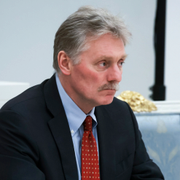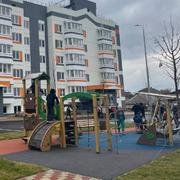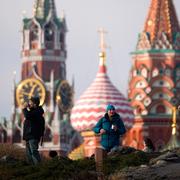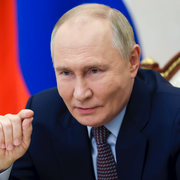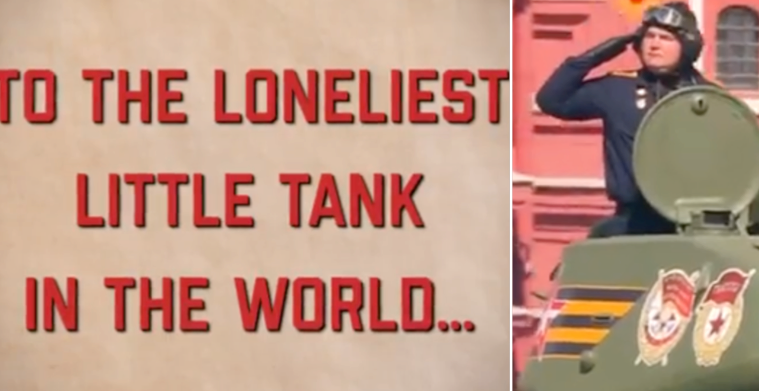
Kyivs hån på segerdagen: Lycka till, lilla stridsvagn
En stridsvagn av modellen T-34 som ensam rullade längs Moskvas gator under gårdagens ryska firande av segerdagen väcker munterhet i Kyiv, rapporterar The Independent.
”Till den ensammaste lilla stridsvagnen i världen, lycka till”, skriver Ukrainas försvarsdepartement i en video på Twitter som ironiskt kallas ”en hyllning” till Ryssland.
Den Sovjettillverkade modellen T-34 producerades mellan åren 1940 och 1958. Militärparaden var ovanligt återhållsam. Stridsvagnen var den enda i paraden och totalt medverkade runt 8 000 soldater i firandet, den lägsta siffran sedan 2008.
bakgrund
T-34
Wikipedia (en)
The T-34 is a Soviet medium tank from World War II. When introduced, its 76.2 mm (3 in) tank gun was more powerful than its contemporaries, and its 60-degree sloped armour provided good protection against anti-tank weapons. The T-34 had a profound effect on the conflict on the Eastern Front, and had a long-lasting impact on tank design. The tank was praised by multiple German generals when encountered during Operation Barbarossa, although its armour and armament were surpassed later in the war.
The T-34 was the mainstay of the Soviet Red Army armoured forces throughout the war. Its general specifications remained nearly unchanged until early 1944, when it received a firepower upgrade with the introduction of the greatly improved T-34-85 variant. Its production method was continuously refined and rationalized to meet the needs of the Eastern Front, making the T-34 quicker and cheaper to produce. The Soviets ultimately built over 80,000 T-34s of all variants, allowing steadily greater numbers to be fielded despite the loss of tens of thousands in combat against the German Wehrmacht.Replacing many light and medium tanks in Red Army service, it was the most-produced tank of the war, as well as the second most-produced tank of all time (after its successor, the T-54/T-55 series). With 44,900 lost during the war, it also suffered the most tank losses ever. Its development led directly to the T-44, then the T-54 and T-55 series of tanks, which in turn evolved into the later T-62, that form the armoured core of many modern armies. T-34 variants were widely exported after World War II, and as recently as 2010 more than 130 were still in service.
Omni är politiskt obundna och oberoende. Vi strävar efter att ge fler perspektiv på nyheterna. Har du frågor eller synpunkter kring vår rapportering? Kontakta redaktionen
